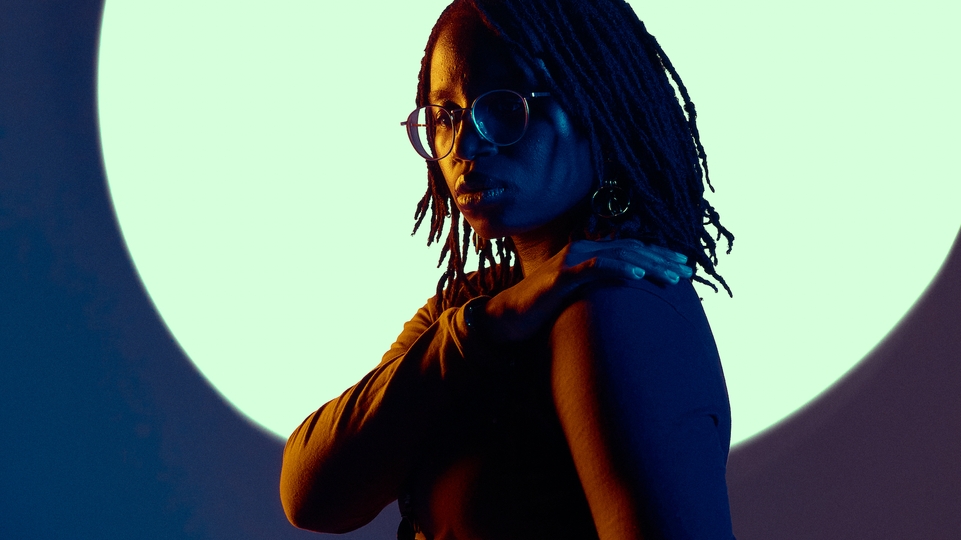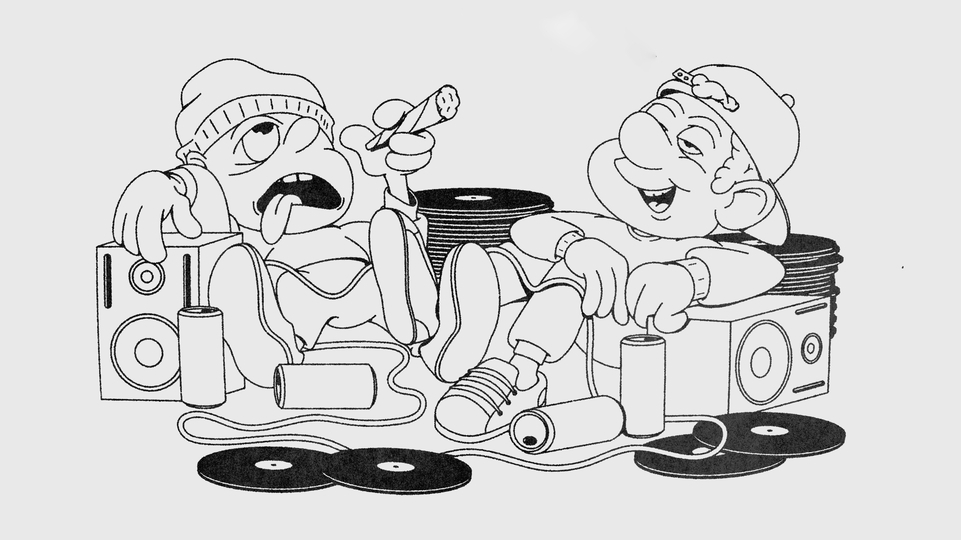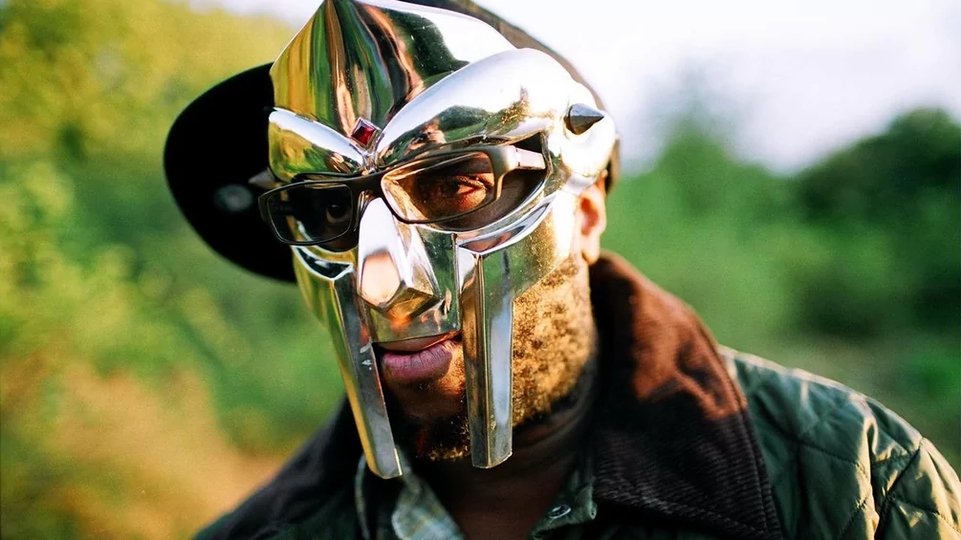
NikNak: field of dreams
Turntablist NikNak has a unique style, cutting and scratching field recordings and samples into ambient tracks — but her latest album finds her leaning into the dance music you might hear in one of her club sets. Ben Murphy speaks to her about Afrofuturist sci-fi, trip-hop, pop, and why she loves found sounds
DJ, turntablist and producer NikNak approaches the decks differently. The Leeds-based artist’s debut album, ‘Bashi’, released in 2020, found her using turntables to manipulate field recordings and samples in real-time, reversing, cutting, scratching and processing found sounds she collected while in Turkey. Her follow-up, ‘Sankofa’, added blissful ambient synths to the atmospheric auditory details, on an album inspired by Afrofuturism, Black spirituality, and her love of comic books.
Her turntable technique has won her an Oram award, and NikNak is also an adept club DJ, playing alongside Grandmaster Flash, Madlib and Princess Nokia, and at key venues such as Berghain and fabric. There was also her podcast series, The Narrative, where she interviewed Black women at the forefront of various creative industries, and her show on BBC Radio Leeds, where she highlighted legendary artists such as Talib Kweli and the late Benjamin Zephaniah.
NikNak (real name: Nicole Raymond) has already achieved so much — yet her latest record ‘Ireti’, released in May on Matthew Herbert’s Accidental label, feels like a new milestone. Alongside the experimental sound design, left-field electronics and field recordings we’ve come to expect, ‘Ireti’ explores NikNak’s dance music side, bringing in the beats and bass you might experience in one of her DJ sets. On ‘You Were Supposed To Be Good’, breakbeats avalanche over shimmering aurora borealis synths and the jazz horns of Grifton Forbes-Amos and Cassie Kinoshi. ‘12000RPM’ is frenetic jungle loaded with subtle details, echoic effects and haunting Vangelis chords, while ‘LOAD OUT’ has panoramic synth pads soaring over chopped Amen breaks and overdriven subs. The tracks showcase an unexpected but welcome side of NikNak’s production.
“There’s been a nice resurgence of jungle, it’s been really great to see, especially growing up in the ’90s and hearing the Amen break, old bashment samples and soul samples being repurposed in that way,” NikNak tells DJ Mag over video call. “I have made the odd jungle tune before, but I was too shy to put it out. It’s been a while since I’ve done a project that has beats on it, let alone it being beat-focused, so it was really nice to just harken back to the styles of music that I not only listened to and still listen to, but I kind of miss in some respects.”
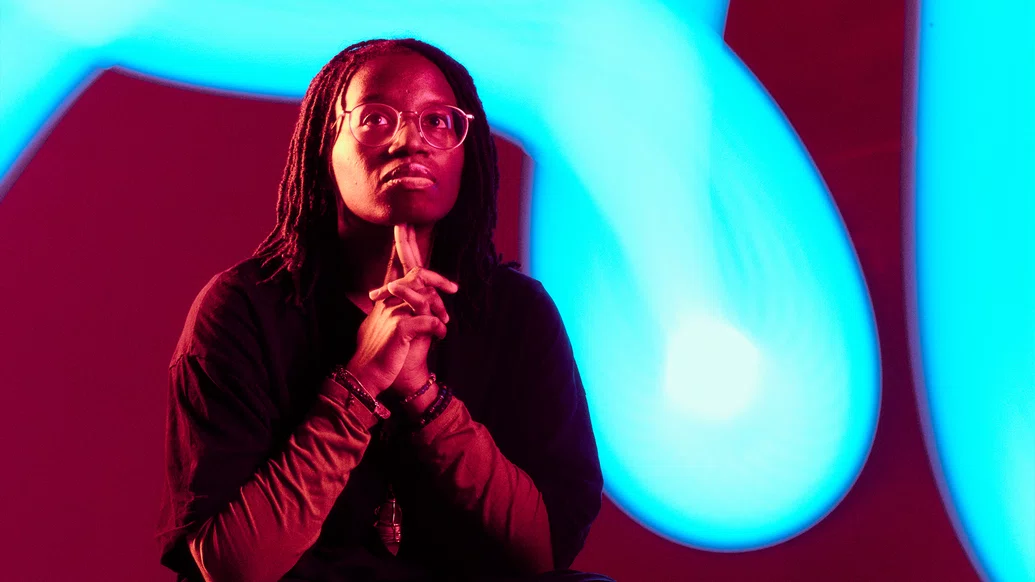
“It’s been a really lovely learning curve for me as well, to push through that whole thing of, ‘Oh, I’m a producer, nobody jumps on my stuff’. Now it’s like, if people can jump on, then they can and it’s great.”
Then there’s the downtempo cut ‘You’ve Never Seen A Miracle’, with its pouring rain, scratching effects and flute trills giving way to the lush vocals of Chisara Agor and heavy drum breaks. It’s like a modern update of Tricky’s early work, or Broadway Project’s classic ‘Compassion’. “I don’t feel like anyone makes trip-hop anymore, and that makes me really sad!” she laughs. “I love atmospheric music, so Burial has been a big influence on me for a very long time, as well as Portishead and Sneaker Pimps and Olive, these people doing stuff that we would say is trip-hop now. “I used to make trip-hop, I guess nowadays it’s called lo-fi; it was nice to naturally find myself making that again. It didn’t feel forced. There’s an emotionality behind trip-hop, and it was something I really connected with growing up, as well as sound system culture.”
On the record, her turntable manipulation is sprinkled over various tracks. Though less evident than on previous records, it helps add to the deep detail and subtle texture, especially on the experimental tracks. ‘Ireti’ is cinematic throughout, with more left-field cuts like ‘Burning Bright’ using samples of a Tube train and processing them through layers of extraterrestrial effects, while ‘This Pile Of Rubble Is More Human’ percolates with abstract electronic blips until it opens out into an ambient panorama. The album is inspired by the intersection between humanity and technology, referencing films like Akira and the video game Cyberpunk 2077 (plus the original board game, created by Mike Pondsmith), and the novels of Octavia Butler and Toni Morrison; most of all, when NikNak was making the tracks, she was imagining a new iteration of Blade Runner, combining the detective sci-fi genre of the movie with themes of Afrofuturism.
“Why isn’t there a Black Blade Runner?” she says. “Where is the Black equivalent of that, that isn’t Black Panther? Because that’s fantastical and amazing and ultimately, a fairly positive story that does touch on very key elements in the Black experience, especially African-American Black experience. But where is that scale in a detective story? I would love to see that, I would love to be a part of that in some way. I feel like the making of this album whether consciously or unconsciously kept coming back to Blade Runner 2049, and how visually it’s like, ‘Okay, we’re in this world. What would that world look like if it merged with Wakanda?’ I think the narrative is there in ‘Ireti’ of being some kind of a film-noir detective world or some kind of investigative case, or something that needs to be figured out while also exploring our relationship with AI and technology.”
When NikNak makes tunes, she often has a strong visual idea in mind. A self-confessed nerd and a big fan of comics, sci-fi and anime, there’s normally some kind of action scene or widescreen shot panning through her thoughts in accompaniment to the sounds. “On the album, with ‘12000RPM’, I just figured that’s some kind of car chase happening. I kept thinking of District 9, and that awesome parkour scene. A lot of visual ideas kept coming up during the whole process, but also in particular tracks. Even when I’m with my more DJ hat on, like looking for tunes and stuff, depending on what kind of set, it can be that if I really like a tune, I can just see a fight scene happening in my head that’s been choreographed to the tune. I am a very visual learner, and I guess that comes across when I’m performing as well.”
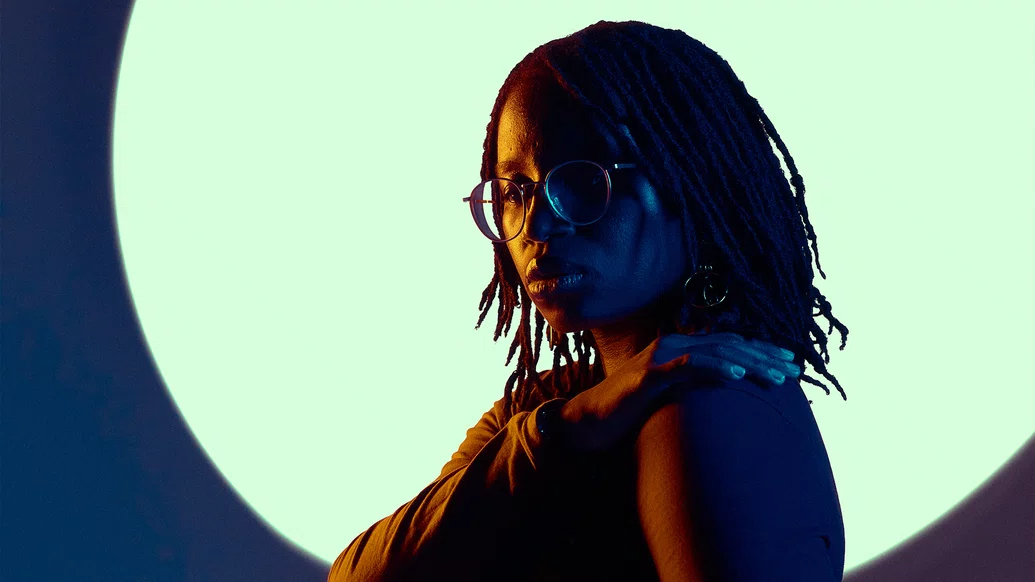
Alongside its expansive sci-fi feel, ‘Ireti’ features what is probably the biggest track NikNak’s made so far. ‘Pandora’s Box’, featuring Agaama, is all soaring vocals, addictive bleeps, and beats that skip between breaks and 2-step. You can imagine it tearing up a massive venue. “That started off as an ambient track initially,” NikNak shares. “Agaama was like, ‘I love ‘Pandora’s Box’, let me jump on that’. I’ve been meaning to work with her for ages. We just spent two sessions in SHERELLE’s AIAIAI x BEAUTIFUL studio in London, working together and building it. My partner said, ‘This is a great pop track’. I was like, ‘Oh! I made a pop track? Oh shit. Okay. That’s jokes!’ I’m really proud of that.”
Collaboration is a key part of the new album, with vocalists and musicians helping to expand NikNak’s sound into new dimensions. Though she’d worked with others before on ‘Bashi’, on ‘Ireti’, she embraced the process. “It’s been a really lovely learning curve for me as well, to push through that whole thing of, ‘Oh, I’m a producer, nobody jumps on my stuff’,” she says. “Now it’s like, if people can jump on, then they can and it’s great. If they can’t, it’s cool. We’ll figure out another thing to collaborate on.”
NikNak was born and raised in London and got into making music in her teens. She studied it at De Montfort University in Leicester, which is where she first got interested in the idea of the turntable as more than just a conduit for other people’s music. “In my first year, I got introduced to turntablism when a guest lecturer, Sophy Smith, came in and did a talk on it. She blew me away, because she referenced not only people like Grandmaster Flash and Kool Herc, and the creation of hip-hop, but also people like Christian Marclay, John Cage and Shiva Feshareki. In that hour-long lecture, she made me think, ‘This looks like a really expressive instrument’, and it is.” Working in a bar that hosted a night called Bug Out, she’d see local turntablists spin hip-hop and funk breaks, and got interested in playing out herself. She became a resident DJ there and did more gigs around Leicester, before moving to Leeds to complete an MA.
“It surged again there, because I was like, ‘Alright, I want to study’. The course was called electronic and computer music, but I wanted to focus on turntablism within that. And while I was studying, there were more gig opportunities. I think maybe in 2018, 2019, early 2020 was when I started to really think about, ‘Well, how can I use this instrument in my music?’ Beforehand, I was making a lot of beat-based stuff. It was like, ‘Yeah, this is cool, I enjoy it, but I want to integrate the turntables in some other way’. From that came ‘Bashi’, using found sounds from Turkey and playing with them in a live setting, and I felt like, ‘This is the thing now’.”

“Creating music and using field recordings, there’s a lot more freedom. Especially when I’m performing live, I can just respond to those sounds in that moment and create more of a story with the noises that we tend to ignore a lot of the time.”
NikNak’s fascination with field recordings has continued, and they are dotted through each of her records so far, often fed through effects or altered in real-time by her artistry on the decks. What she enjoys the most about them is the way they tell stories and activate the imagination. A simple everyday sound, often overlooked, can become a spellbinding aural fibre in her work.
“They add new textures,” she says. “Creating music and using field recordings, there’s a lot more freedom. Especially when I’m performing live, I can just respond to those sounds in that moment and create more of a story with the noises that we tend to ignore a lot of the time. You know, if you hear the rain in most cases, it’s like, ‘Oh, no, I’ve not got an umbrella’. But then when you hear it in a different context, it can be very peaceful, it can be very calming. Or you know, it could be just warped to the next level, when it’s like, ‘All of that came from rain? What?’ So there’s more to play around with, and I feel more expressive with that.”
In addition to an upcoming live tour to promote ‘Ireti’, NikNak is working on several new projects already, including a collaborative album with Cassie Kinoshi, seed. and London Contemporary Orchestra, called ‘Gratitude’, and an album with another band, TC & The Groove Family, out in June. Keeping busy is an understatement. “I do have some more solo music coming out later in the year as well,” she concludes, “so yeah, I’m about!”


